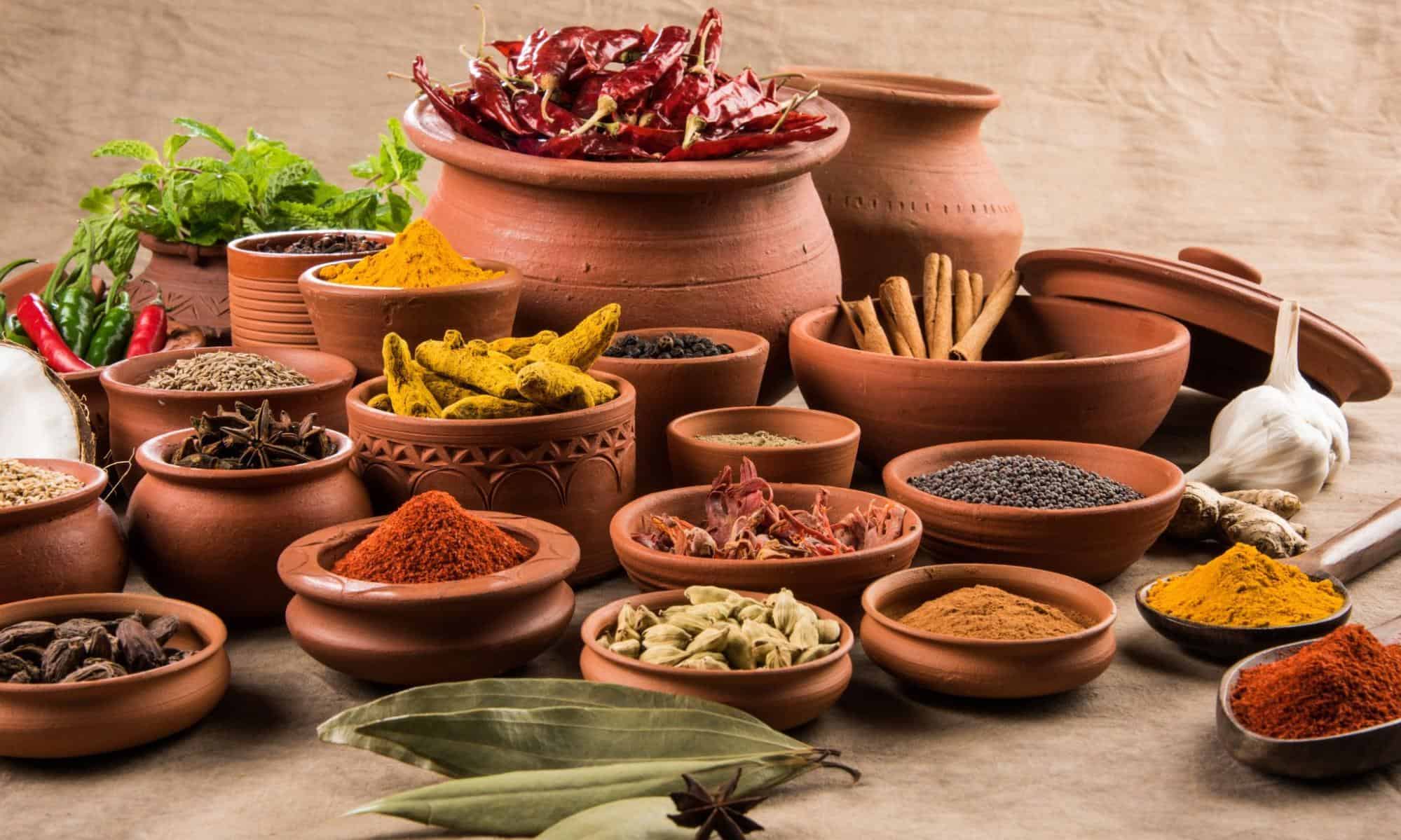Spices have been a fundamental element in the culinary traditions of humans throughout the ages. They not only enhance the flavor and depth of our food, but also offer many health benefits. In this thorough guide, we will look at an array of spice types, their origins, and applications. We will also dive deeper into the realms of producers and explore the qualities of a trustworthy manufacturer of spices.
Dark and Light Soy Sauce: Crucial Ingredients
One of the most essential ingredients in Asian food, Soy sauce, comes in a variety of types. The most commonly used varieties are the dark and light sauces. Light soy sauce is often used as a flavoring agent in a variety of dishes, from stir-fries to marinades. It is saltier and has a milder flavor than the darker variety.
On the other hand, the dark soy sauce is a bit thicker and less salty. It is also more pronounced in its flavor character. It is usually utilized when a darker flavor and more vibrant color are sought after, for instance, in stews, braised dishes, and dip sauces. When it comes to popular light and dark soy sauce brands, their premium soy sauces are widely used and available in many different cuisines.
If you’re looking for an alternative to dark soy sauce, then tamari is an excellent choice. It is made from fermented soybeans. It is gluten-free and has less salt than the regular soy sauce. It is a delicious umami flavor, which makes it a great substitute in different recipes.
Spice Types and Where They Came From
1. Cinnamon
Cinnamon, which is derived from the inner bark of the trees belonging to the genus Cinnamomum, is one of the most well-known and widely used spices in the world. The warm and aromatic spice is indigenous to Sri Lanka and is used in both savory and sweet dishes. Cinnamon is famous because of its capacity to impart an exceptional flavor to drinks, desserts, curries, and even mulled wines.
2. Cayenne Pepper
Famous for its smoky intensity and bright red color, cayenne pepper is a crucial ingredient in many dishes. The tiny, dried as well and ground chili peppers deliver the punch in terms of the spiciness. The origins of the pepper are Central or South America. Cayenne pepper is a major ingredient in spicy meals, hot rubs, sauces, and marinades.
3. Turmeric
Originating from Southeast Asia, turmeric is an intense yellow spice that comes from the Curcuma longa plant. It has a nutty and bitter flavor, and it is often utilized in Indian as well as other Asian food preparations. While it is an excellent culinary treat, it is also well-known for its health benefits. Curcumin is the active component found in turmeric, is believed to possess anti-inflammatory and antioxidant properties.
4. Paprika
Paprika is a dried and ground hot or sweet Red pepper. It is a very popular spice that is used in Hungarian, Spanish, and Indian food preparations. It imparts a gentle spice and vibrant red color to a range of meals, such as soups, stews and rice dishes. Paprika is also employed as a garnish to increase the visual appeal of certain food items.
5. Nutmeg
Nutmeg, which is derived from seeds from the Myristica fragrans tree, is a spice that can be used in a variety of dishes and is renowned for its sweet and warm taste. Originating from Indonesia, the spice is utilized in both savory and sweet recipes. It is a popular ingredient in spice blends and desserts, baked goods, and sauces for savory dishes.
Selecting a Trustworthy Spice Producer
Selecting a reputable spice maker is vital to ensure the authenticity and quality of the spices you employ in your cooking. There are several factors to think about:
- Reputation: Search for an established company with a solid reputation in the field. Review and read online reviews to assess customer satisfaction as well as general brand trustworthiness.
- Certifications: Make sure that the manufacturer of the spice is complying with the appropriate certifications and quality standards like ISO 22000 and HACCP. These certifications assure that they are processed and stored according to strict guidelines.
- Sourcing and Traceability: A reputable manufacturer must be open about the source of their spices and also offer traceability data. This guarantees you that your spices have been ethically procured and are free of contaminants.
- Variety of Products: Think about the range of spices offered by the producer. A wide range of product options is evidence of expertise and specialized knowledge in a variety of spices.
- Shelf life and Packaging: Review the packaging techniques employed by the producer. A properly packaged product will keep the freshness and aroma of spices while which will ensure an extended shelf life.
When you consider these aspects, you will be able to select a manufacturer of spices that is able to meet your needs in terms of authenticity, quality, and dependability.
Conclusion
Spices add life to the food we eat, delighting our palates and enriching our dining experience. The warmth from cinnamon or the spiciness of cayenne pepper, and the earthiness that turmeric brings to every spice have distinct scents and tastes. Through exploring the different spices and knowing the qualities of a trusted manufacturer that you can help elevate your meals to new heights of taste and authenticity. Try your hand with these spices and begin a culinary journey. journey Like no similar to any.




